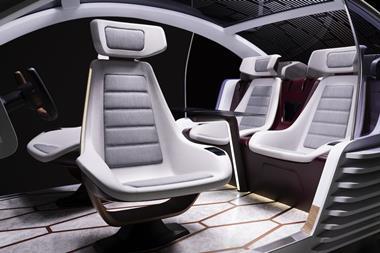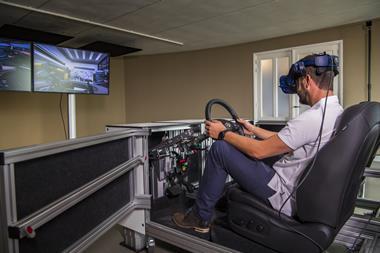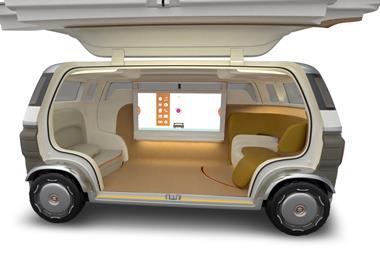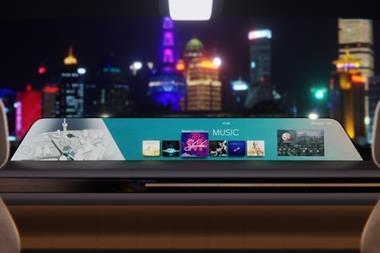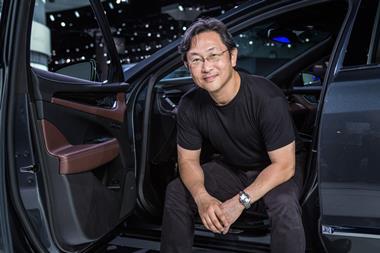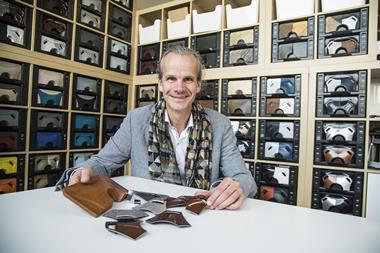Seating Trends: Increased integration and biometric systems
By Farah Alkhalisi2020-04-08T16:21:00
Biometric technology is providing another layer to safety and infotainment, and is another challenge for car design
A seat is not just somewhere to sit: it can host advanced technologies and functions. “We are now able to get rid of the frontiers between digital technology products and the traditional instrument panels, doors, seats and so on, to get user interaction happening all over the interface, no matter if it’s a screen, or in a part of a seat,” says Andreas Wlasak, VP industrial design, Faurecia. “You won’t see the product boundaries any more.”
Faurecia’s Cockpit of the Future portfolio includes not just integration of controls into seating surfaces (such as into the armrests) but coordination of safety-related sensor technologies. Infrared cameras tracking biometric indicators such as heart rate and face temperature, to detect drowsiness, are linked to actuators in the seat to instigate haptic vibrations to alert the driver; facial recognition can be used to automatically adjust seating position; and radar sensors can detect body mass to calculate weight and type of occupant – not just to optimise seat belt tension, for example, but to collect and share information with emergency services in the event of an accident, or to raise the alarm if a child (or animal) is left unattended in a too-hot vehicle.



































